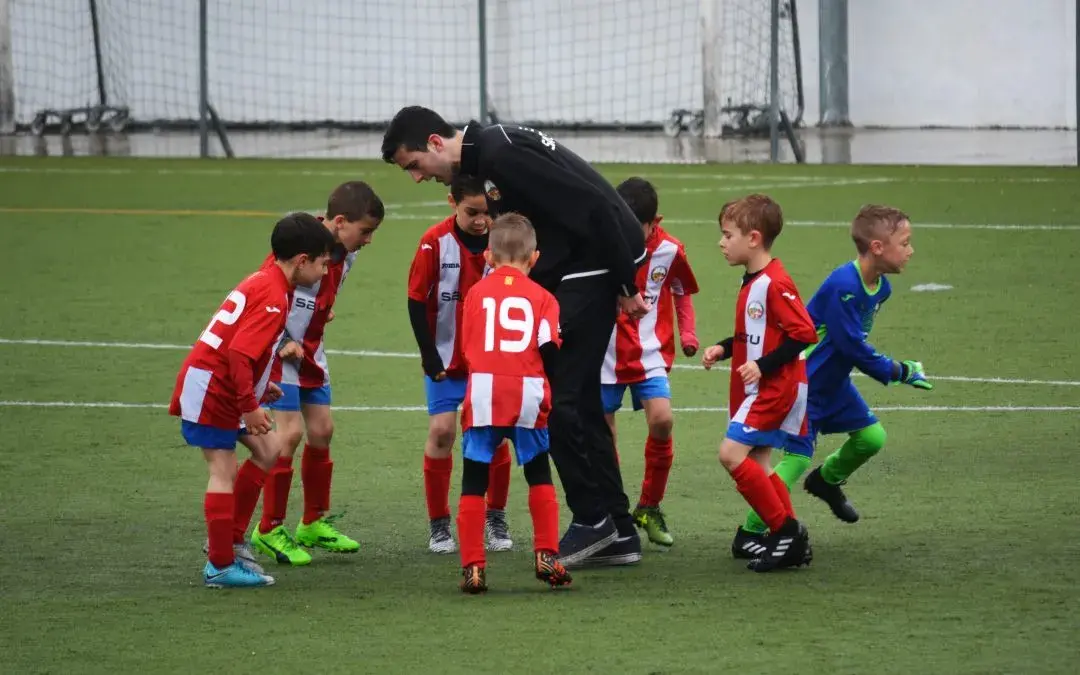I started my agile journey as an agile team member couple of years back, where I was assigned to a pilot team which was part of large agile transformation initiative. Once the initiative was kicked off, all the pilot project team members were trained on agile (what is agile methodology, process and how to do agile ceremonies). Project started and we were very much excited, started following the process as per our training (stand-up, planning meetings etc). First few days were fun, each of us correcting each other lingos and showing off our knowledge. But a few weeks later, most of us were frustrated with stand-up meetings, planning meetings (taking long time) and looked like we did not have time for anything else. Just looked at time is progressing without much progress on deliverables. We did not know what we were doing wrong hence doubts creeped in and then the eventual frustration. By six months, we were doing Agile ceremonies for the sake of doing it and with no guidance, pilot failed miserably.
A few years later, when I became coach, I was reminded of the pain that myself and team went through in our pilot project. Hence, I did not want to repeat the same issues. I started experimenting with a few things that helped me in coaching and here are those.
- If the Why is compelling enough, People will figure out how – Agile transformation usually starts with training everyone and almost in most places, teams were trained on what is scrum/agile and how to do each of the ceremonies, how to measure metrics and what the right metrics are, etc. But as we all know, Agile transformation is all about cultivating the right mindset. For that mindset change, teams have to understand about Why part of agile rather than how part of agile. So, we started doing sessions called “Whys of Agile “, in which we discussed why do we stand up, why do we look at burn down etc. Once they understood the Why, number of questions/arguments on the process reduced and coaching was very effective in making the mindset change. For example, small changes such as nobody referring to a ‘stand up meeting’ as ‘status meeting’ or asking a question like “can we extend the iteration end date by a day” makes it easier to coach and gets basic questions on the process out of the way. Coach can then figure out ways of sustaining transformation.
- You are only as strong as your weakest link – As an agile coach, most of the times I did not have the choice to choose teams or hire scrum master. Sometimes teams come with some perception, as they would have heard about the transformation (horrid or happy) stories from their friends or colleagues. Even one person with negative perception in the team could hurt the whole team and as a coach I need to handle it as I start coaching the team.
- Using tools such as five dysfunctions of team could help coaches to understand the dynamics of team (also you can refer to blog on gamification to get more tools, links)
- Making the team aware of what could happen at every stage of transformation could help the team members to overcome their doubts and increase trust. I did a workshop/simulation game called “Life of an agile project “where they would have to play out scenarios that commonly occur and how they can overcome it in the game. It really helped the teams to be aware and how each one of their roles is very important for the success of project.
- Stay away from cookie cutter mindset: Agility must be implemented thoughtfully. Although the basic principles are universal, agile strategy must come from a deep understanding of your company’s needs. Using another company’s strategy as a blueprint for your own, or even relying on the same patterns you may have used in the past, simply won’t work.
Hope the tips made sense and can add value in your coaching endeavour. Love to hear any suggestions or feedback.




